The Maruti Suzuki Victoris has gone on sale as the market-leading carmaker’s second midsize SUV, competing in the same segment as the Grand Vitara. Where the Grand Vitara is a Nexa-only offering, though, the Victoris is retailed through Maruti’s broader Arena dealership network.
Regardless, both SUVs have the segment-ruling Hyundai Creta in their crosshairs, and the Victoris is Maruti’s best attempt at it yet. If you’re in the market for a new midsize SUV, we’ve laid out the Victoris’ key pros and cons to decide whether you should buy one.
Excellent pricing
Victoris is mostly priced lower than the Grand Vitara, yet offers more features
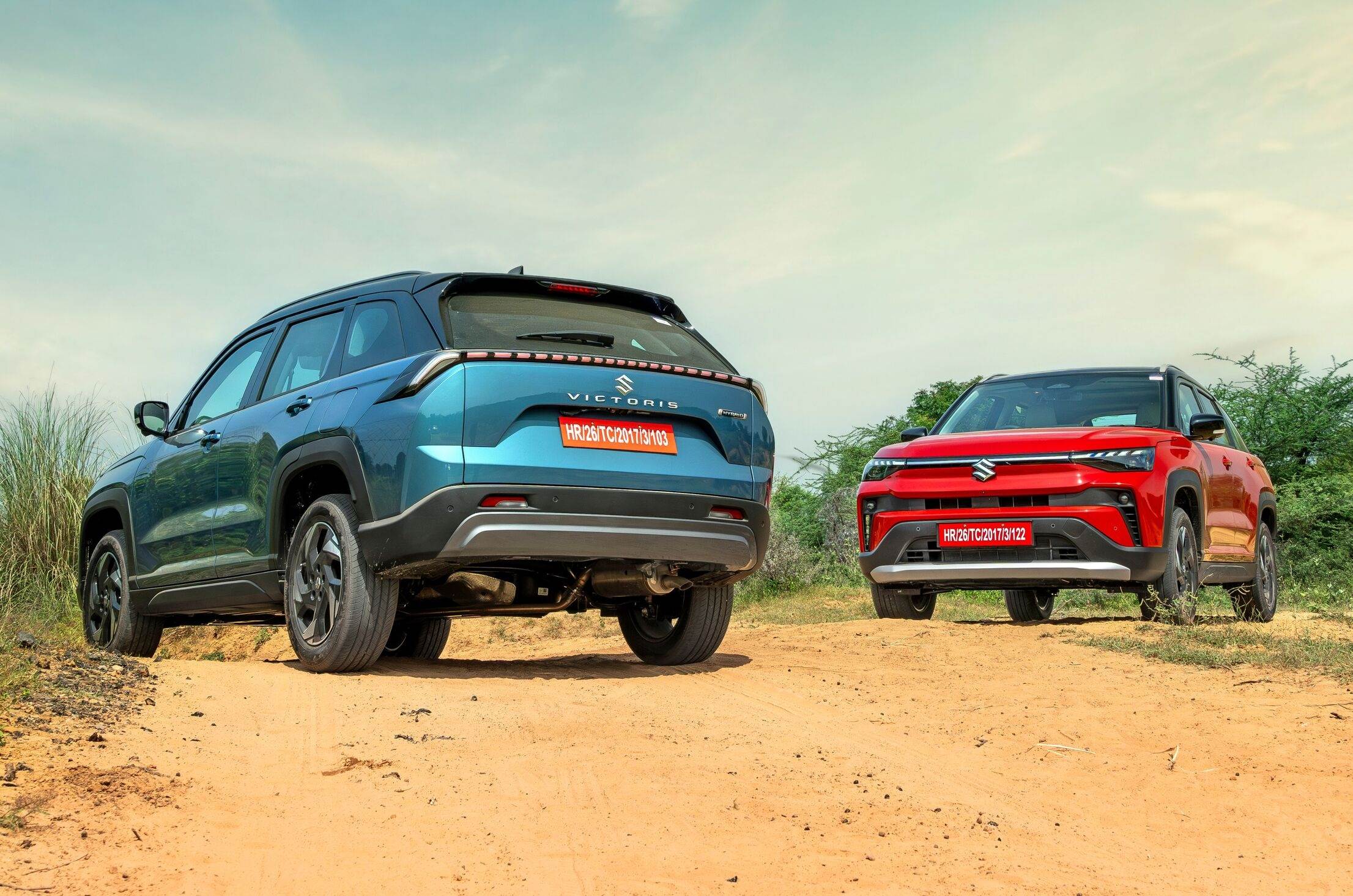
Victoris’ prices fall between Rs 10.50 lakh and Rs 19.99 lakh, placing it among the cheapest midsize SUVs at the moment. Interestingly, the Victoris is largely more affordable than the Grand Vitara (Rs 10.77-19.72 lakh), despite offering additional features like Level 2 ADAS, LED fog lamps, front parking sensors, a superior sound system, a powered tailgate, and larger displays for the infotainment system and instrument cluster.
Fuel efficient powertrains
Victoris strong hybrid offers the highest mileage of any car on sale right now
The Victoris is offered with a wide range of powertrain options – petrol, CNG and strong hybrid – all tuned for refinement and fuel efficiency. In fact, the claimed Victoris mileage figures are some of the highest in the midsize SUV segment, with the strong hybrid notably achieving 28.65kpl.
| 2025 Maruti Suzuki Victoris engine and gearbox specs | |||
|---|---|---|---|
| Engine | 1.5-litre, 4 cyls, petrol | 1.5-litre, 4 cyls, petrol-CNG | 1.5-litre, 3 cyls, petrol-hybrid |
| Hybrid assist | Mild hybrid | N/A | Strong hybrid |
| Power (hp) | 103 | 88 | 116 (combined) |
| Torque (Nm) | 139 | 121.5 | 122 (engine) + 141 (motor) |
| Gearbox | 5-speed manual / 6-speed torque converter | 5-speed manual | eCVT |
| Drive layout | FWD / FWD, AWD | FWD | FWD |
| Claimed fuel efficiency | 21.18kpl / 21.06kpl, 19.07kpl | 27.02km/kg | 28.65kpl |
This makes the Victoris strong hybrid the most fuel-efficient car you can currently buy in India. Petrol-powered variants deliver a claimed mileage of up to 21.18kpl, while the Victoris CNG impresses with a segment-best 27.02km/kg reading.
Optional AWD
Only available with the mild hybrid petrol-automatic configuration
The Victoris can be had with a feature that, aside from the Grand Vitara, is completely absent in other midsize SUVs: all-wheel drive. Specifically, the Victoris gets Suzuki’s AllGrip AWD system in the mild hybrid petrol-automatic variants only.
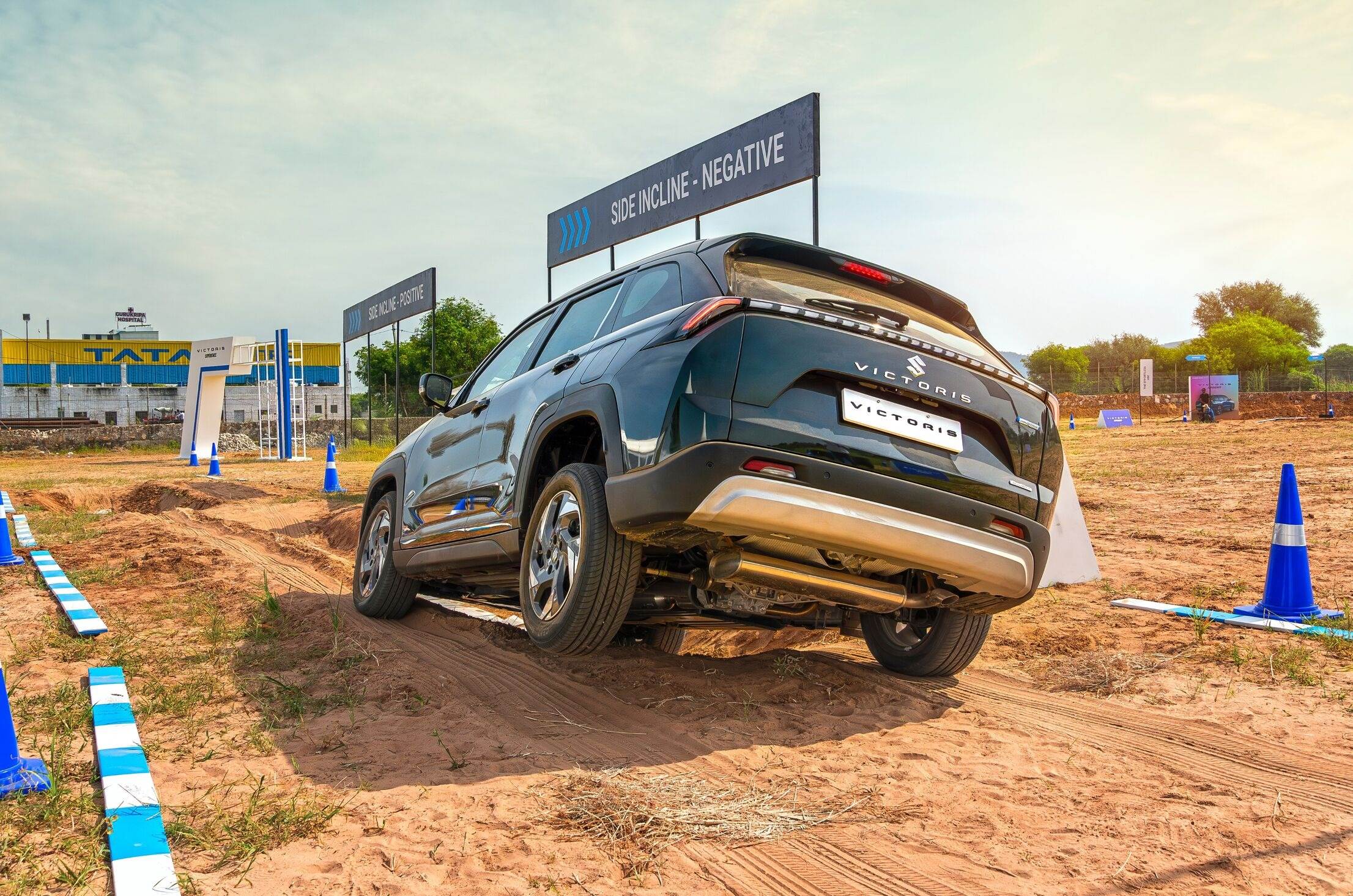
As our Victoris review pointed out, the SUV’s AWD system offers three modes – Snow, Sport and Auto – and a Lock function that can divvy up power 50:50 across the front and rear axles. The Victoris AWD even tackled a purpose-built off-road course with ease, signalling genuine versatility for buyers who have to regularly deal with hilly terrain, bad weather, or poor roads.
Strong safety credentials
5-star scores from both Bharat NCAP and Global NCAP
In terms of safety, the Victoris is undoubtedly the most accomplished contender in the midsize SUV segment. Not only does the Victoris hold a 5-star Bharat NCAP rating, but it recently brought home a 5-star Global NCAP score too – a feat no other midsize SUV can claim.
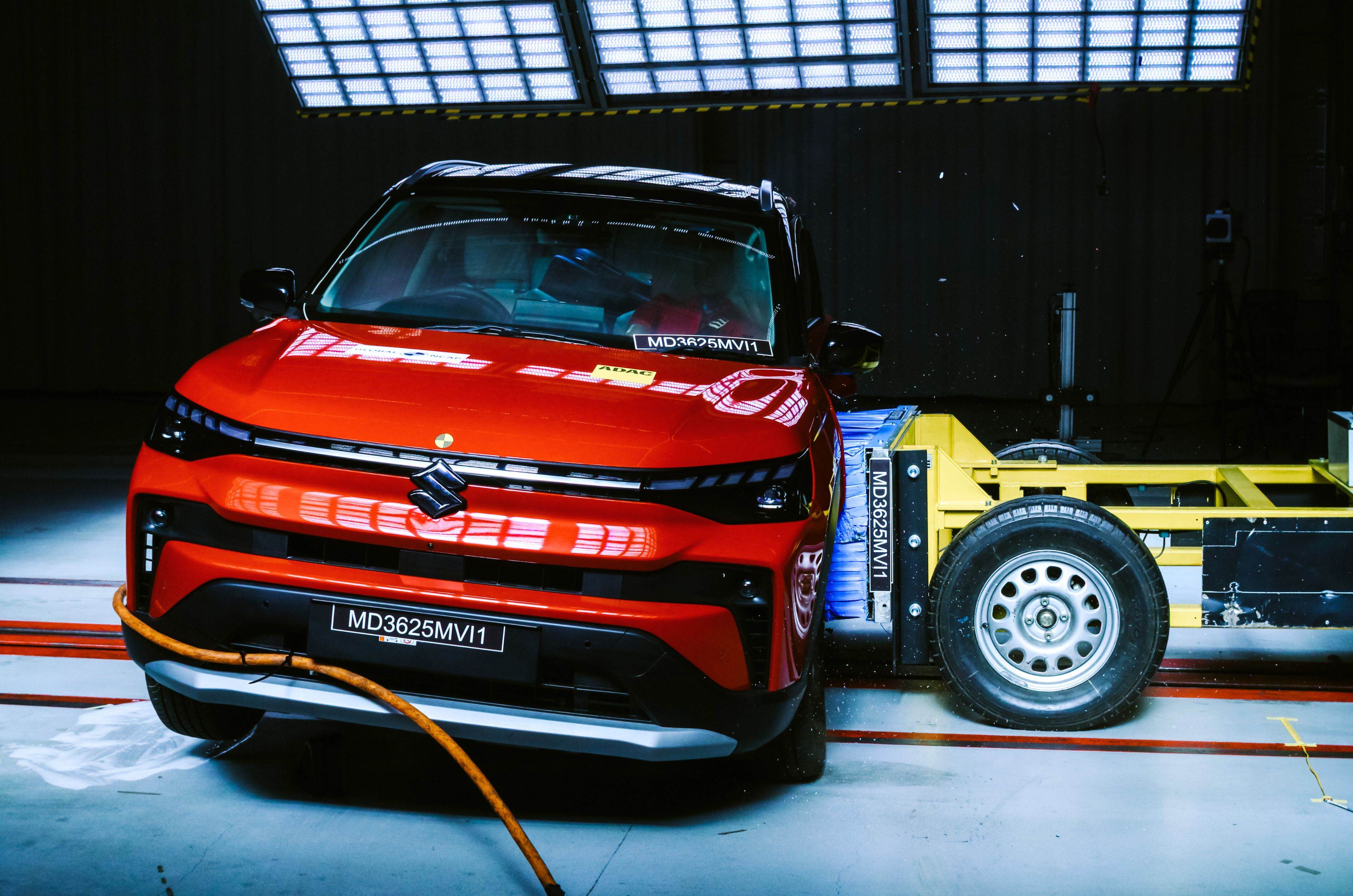
As standard, the Victoris’ safety suite includes six airbags, hill hold assist, traction control, ESC, ISOFIX child seat anchorages, ABS with EBD, brake assist, rear parking sensors, overspeed alerts, and 3-point seatbelts with reminders for all passengers. Higher Victoris variants add a 360-degree camera, Level 2 ADAS, and an electronic parking brake with auto-hold.
With the Victoris’ strengths discussed, let’s dive into a few of the SUV’s drawbacks.
No spare wheel as standard
Victoris buyers can opt for the spare wheel as an optional accessory
One of the biggest misses in the Victoris is the fact that none of its variants get a spare wheel as standard, only a puncture repair kit. Maruti Suzuki will offer a spare tyre as an optional accessory to Victoris buyers, but it’s still an unfortunate compromise.
Limited boot space in strong hybrid
Battery pack placement impacts usable boot volume
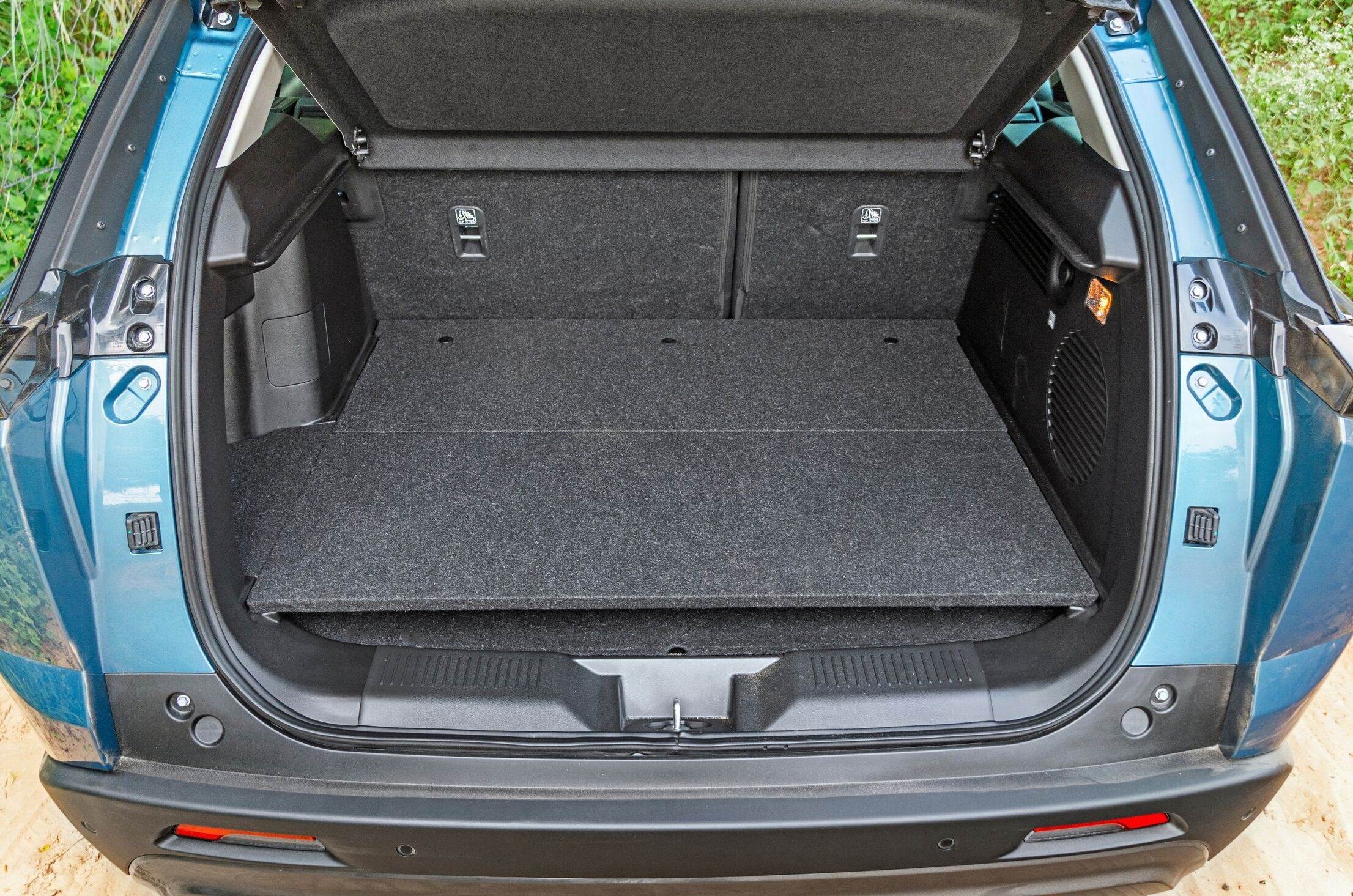
Since the Victoris shares its powertrains with the Grand Vitara, a well-documented weakness of the latter expectedly rears its head in the newer Maruti SUV too. Particularly, the battery pack in the Victoris strong hybrid raises the boot floor, which means usable luggage capacity takes a big hit. If you regularly head out on long trips with lots of luggage, the Victoris’ petrol or CNG variants are the better options.
Rear seat is a bit cramped
Seating three abreast isn’t very comfortable
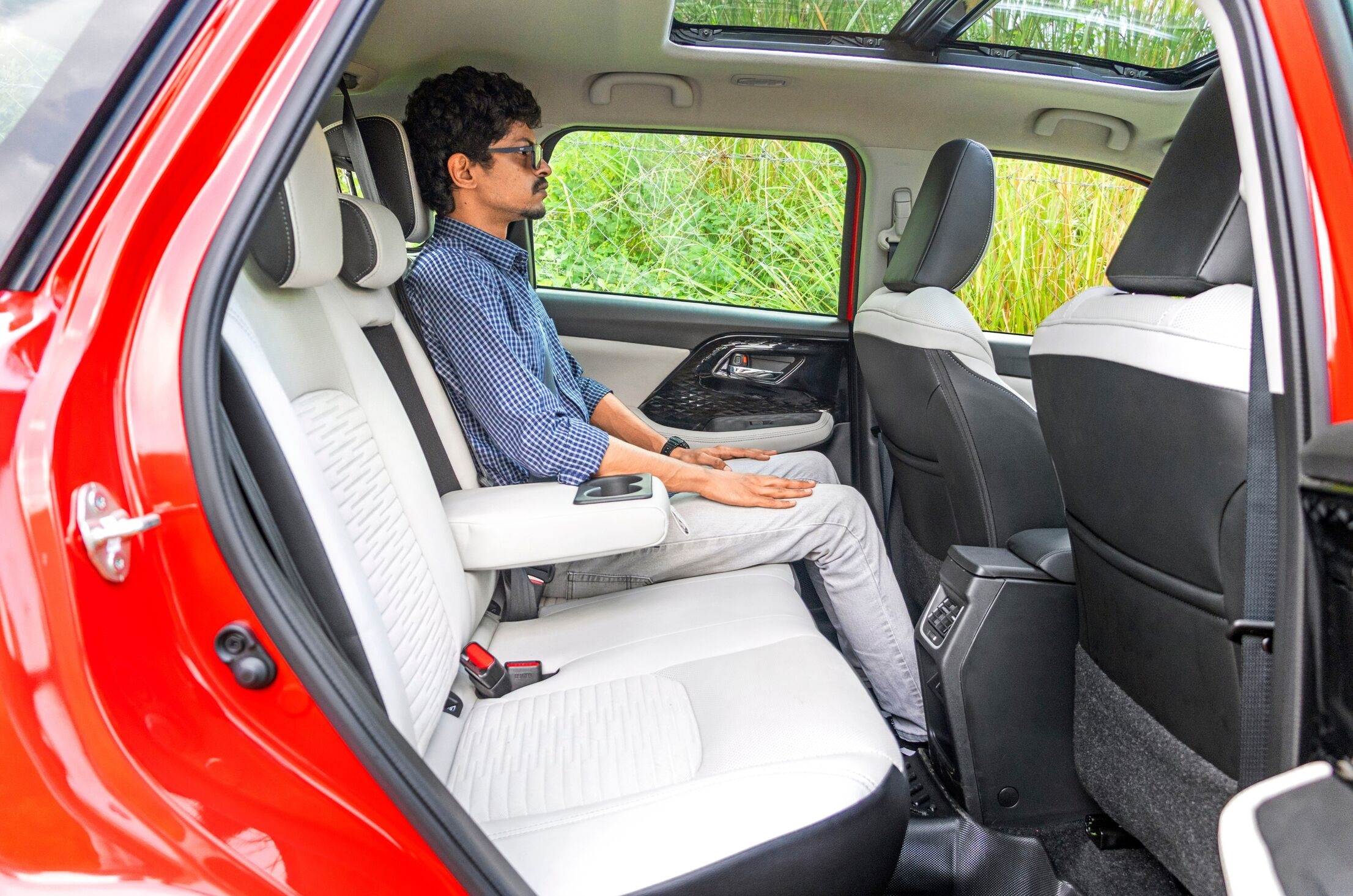
The rear bench of the Victoris isn’t the most comfortable place to be for three occupants seated abreast. Width and headroom feel limited, and the cabin is relatively narrow, so those who often travel with a full house may not find the Victoris all that suitable.
All prices are ex-showroom, India.
Also see:
Maruti Victoris vs Hyundai Creta: Which SUV’s top variant has more features?
Maruti Victoris vs Grand Vitara: Exterior, interior differences explained

